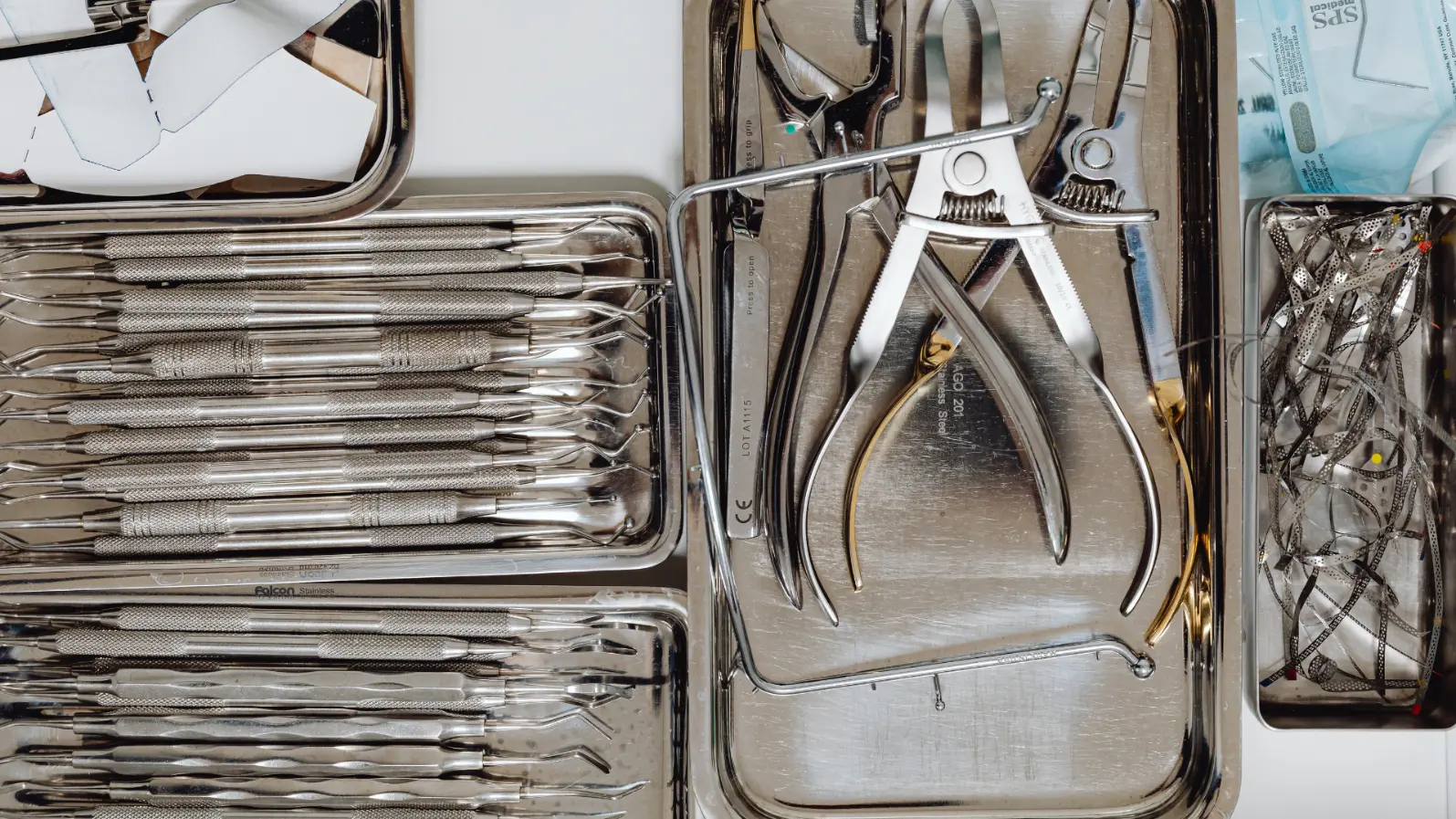
A Magnet to the Rescue: A Simpler Way to Remove Broken Dental Burs During Wisdom Tooth Surgery
A Rare but Troubling Surgical Challenge
When removing impacted lower wisdom teeth, oral surgeons rely on high-speed dental burs tiny rotating metal tools that help cut bone and section teeth efficiently. But sometimes, these burs can unexpectedly break and become trapped deep inside the jaw.
Although rare, these fragments can trigger pain, swelling, infection, and even nerve injury. Traditionally, retrieving them requires enlarging the incision and dissecting surrounding tissuean approach that is often time-consuming and may increase complications.
A new study published in BMC Oral Health (2025) explored a simpler idea:
Can a small, powerful magnet safely pull out the broken bur without invasive surgery?
What the Researchers Wanted to Know
A research team from Wenzhou Medical University conducted a retrospective study comparing two approaches for retrieving broken burs during wisdom tooth extraction:
Conventional removal – opening tissue, exposing the fragment, and removing it with forceps.
Magnet-assisted removal – guiding the fragment into the extraction space and attracting it with a small neodymium magnet.
Their goal:
To determine whether magnet-assisted removal is faster, easier, and safer than traditional methods.
How the Study Was Conducted
The researchers reviewed 15 clinical cases of broken dental burs that occurred between March 2024 and March 2025:
7 cases treated with conventional extraction
8 cases treated with a magnet
All cases confirmed via panoramic imaging or CBCT
All fragments made of ferromagnetic tungsten carbide—meaning they can be attracted by magnets
They evaluated:
Operative time
Success rate
Pain level after 24 hours
Mouth opening at 72 hours
Nerve sensation changes after 1 week
What They Found
1. Magnet-assisted removal was dramatically faster
Magnet method: 18 minutes on average
Conventional method: 254 minutes on average
A statistically significant difference (P = 0.03)
The magnetic approach avoided extensive dissection, making retrieval much quicker.
2. Retrieval success was high
Magnet group: 100% success
Conventional group: 71.4% success
Although not statistically significant (likely due to small sample size), the magnet clearly performed well.
3. Fewer nerve-related complications
Conventional group: 28.6% experienced neurosensory issues
Magnet group: 0%
This difference was statistically significant (P = 0.036), suggesting less trauma using the magnet.
4. Better postoperative comfort
Patients treated with magnets experienced:
Lower pain scores after 24 hours
Less limited mouth opening at 72 hours
While these differences weren’t statistically significant, the trend favored the magnet-assisted method.
Why Magnets May Be a Game Changer
Magnets are already used to retrieve metallic foreign bodies in areas like the nose, ear, and airway. Applying this concept to dentistry offers clear benefits:
Minimally invasive
Fast and simple
Low cost compared with surgical navigation systems
Reduced risk of nerve damage
In many cases, a magnet may eliminate the need for aggressive tissue manipulation or advanced imaging techniques.
Limitations to Consider
The study had a small sample size (15 cases) and was conducted at a single clinical center. The authors also noted the lack of a cost-benefit analysis, which would be useful for evaluating broader adoption.
Still, the findings strongly suggest that magnet-assisted removal is a promising option.
A Safer, Faster Alternative for a Rare Complication
Broken dental burs during wisdom tooth surgery are uncommon but when they occur, they can be challenging to remove.
This study demonstrates that magnet-assisted retrieval offers a simple, safe, and effective alternative to conventional surgery, with shorter operation times and fewer complications.
As technology and clinical techniques continue to evolve, this magnet-based approach may soon become the preferred method for managing this rare intraoperative problem.
DOI
https://doi.org/10.1186/s12903-025-06513-1
Reference
Xu D., Zhang Y., Jiang A., Cai Y., Nie X., Cheng G. (2025). Clinical efficacy of magnet-assisted removal for dental high-speed dental handpiece broken burs in mandibular third molar surgery: a retrospective study. BMC Oral Health, 25:1161.
s12903-025-06513-1